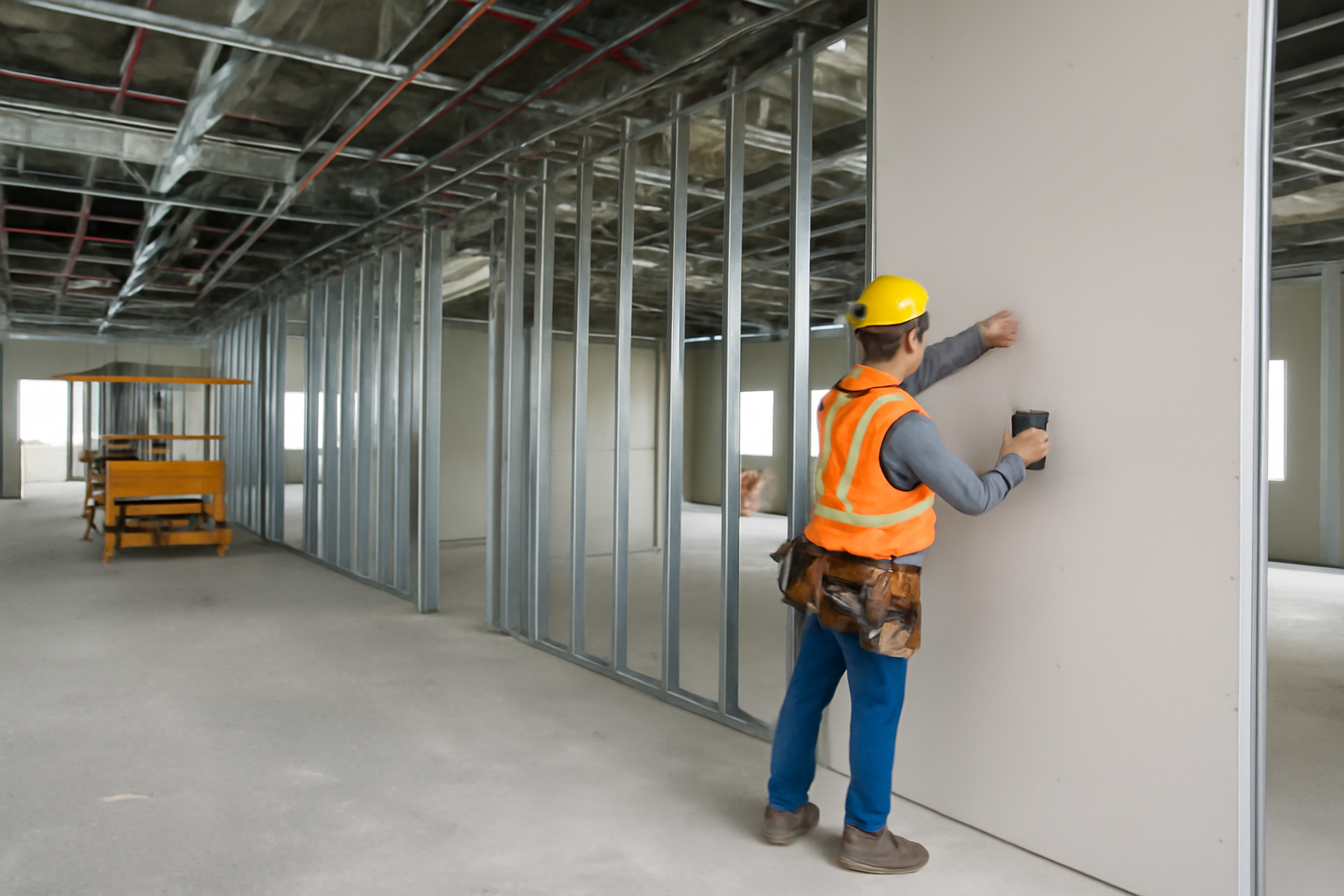
In exterior drywall projects, unpredictable weather can severely disrupt timelines and inflate costs. Delays due to rain, snow, or excessive humidity can force work stoppages, reduce crew productivity, and impact material integrity. Without a strategy to incorporate these variables into the estimating process, general contractors and project stakeholders are left exposed to financial and scheduling risks.
Exterior drywall jobs face more exposure to the elements than interior scopes. Moisture-sensitive materials, safety concerns, and equipment limitations all come into play when conditions deteriorate. These aren’t just minor inconveniences—they represent measurable delays that can erode profit margins.
Traditional estimating rarely accounts for the granular impact of weather interruptions. However, with the advent of data-driven intelligence, estimators can now integrate historical and predictive weather data directly into their cost models. This approach ensures that realistic contingency plans are built into the budget—not tacked on later as change orders.
Incorporating delay buffers doesn't mean inflating numbers arbitrarily. It means understanding environmental patterns, production rates, and regional risk factors, then applying structured logic to your estimate. This is where Active Estimating provides a significant advantage.
Instead of static templates, estimators can apply flexible assemblies that account for:
Imagine a commercial build in the Pacific Northwest. Historical data shows an average of 20 rain-affected workdays during the spring season. Instead of adjusting schedules manually with every rain delay, estimators using continuous feedback systems can proactively adjust forecasted outputs. This not only informs a more realistic schedule but also helps with early procurement and crew scheduling.
Weather delays often lead to rushed labor or compromised work quality in an attempt to catch up. When those shortcuts lead to rework or warranty claims, the cost is even greater. A resilient estimating approach forecasts downtime, builds in responsive task shifting, and allows for real-time updates—ensuring teams stay aligned with the financial plan despite environmental setbacks.
Rather than treating weather delays as unpredictable anomalies, leading estimators are now embedding them into the very structure of their forecasts. By using drywall estimating tools that are informed by regional, seasonal, and scope-specific data, firms gain control over uncertainty and make smarter decisions during preconstruction.
Exterior drywall jobs will always be subject to environmental risks. But with proactive strategies and data-driven insights, those risks can be measured, planned for, and managed with clarity. From early design to final walkthrough, incorporating weather considerations ensures projects stay on track—and on budget—despite what the forecast says.
Contact Information:
Active Estimating
508 2nd Street, Suite 208
Davis
California
95616
Rich Schoener
richard@activeestimating.com
(877)
Schedule a personalized demo to see how Active Estimating can work for your specific needs.
